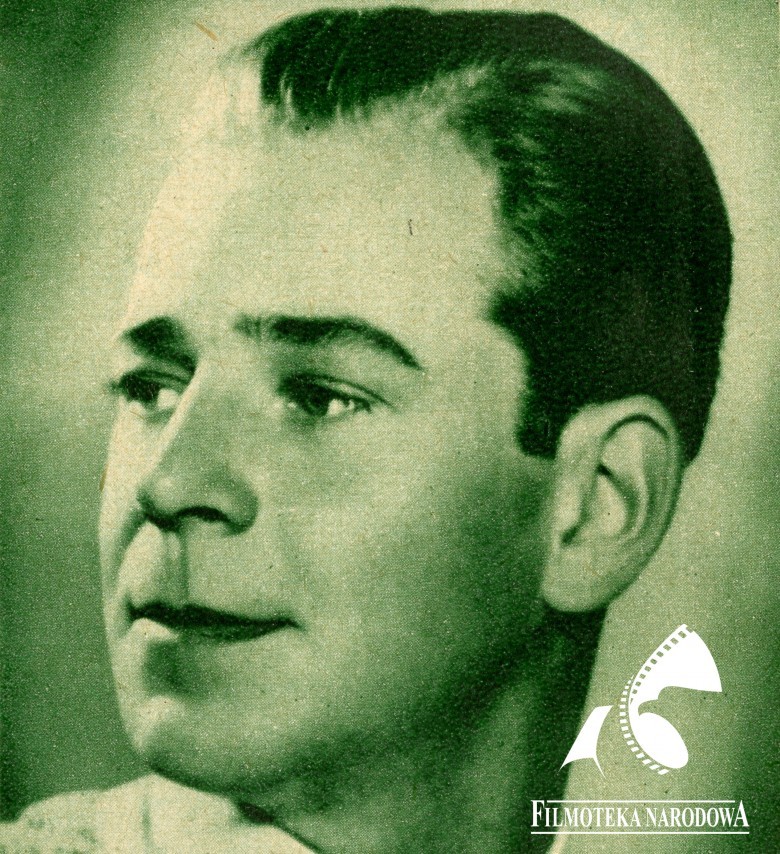foto mix
Mieczysław Bil-Bilażewski
(born around 1912, died 1965 in Cibórz). Photographer, cinematographer, actor, director and even sound imitator. He began as a photoreporter in Poznan, making photographs of Poznan theatre performances from the early 1920s. In 1930, he became one of the authors of aerial photographs for the movie “Gwiaździsta eskadra" – first aerial battle scenes in the Polish cinematography. Around 1932, he moved to Warsaw and opened photographic studio “M. Bill". While specialising particularly in portrait photographs, he continued to document theatre life. He became also a recognised author of film stills which he made for the press. Photographs of Hanka Ordonówna and Eugeniusz Bodo hung in the window of his studio.

In the 1930s, he worked for the Warsaw Station of the Polish Radio performing i.a. in “Podwieczorki przy mikrofonie". He had also phenomenal parody abilities that he used in various radio plays “The only animal imitator in Poland" – wrote about him “Kino" weekly. He can imitate not only animals but also actors: Brodzisz, Chaney and others, and he is great in it"1.
He had sometimes minor roles in movies: “Każdemu wolno kochać", “Córka generała Pakratowa" and “Manewry miłosne". In years 1938-39, he made a series of documentary films about Gdansk, Gdynia and Lviv as director and cinematographer: „Lwów wczoraj i dziś", „Szlakiem mew", „Nasz port Gdynia", „Polska w Gdańsku" and „Gdynia-Orłowo".
After the outbreak of the war, he continued to run his own studio. He made photographs of the theatres officially approved and controlled by German authorities, documented Warsaw everyday life and German ceremonies. Staff members of the Museum of Warsaw Uprising have recently discovered that upon commission of German authorities, Bilażewski made photographs in the Warsaw Ghetto that were supposed to intensify reluctance towards the Jews. “He brought to us photographs from the Ghetto" - says Edward Matecki who worked in the studio at Marszałkowska during the war. “They were frightening: starving children, an old dying Jewish woman. He told me to develop them because he had to give them back. When I had done it, he looked at them and said: no, it should be done in such a way so that these eyes with black rings due to hunger look well; we have to expose it differently, because it’s the Miss Ghetto"2.
Controversial photographs taken by Bilażewski belonged to few photographs who depicted the everyday life in Ghetto. Thanks to it, they became an invaluable source of knowledge about the tragedy of people behind the wall. In 2013, they were presented by Fotoplastikon in Warsaw.
Filmography of Bilażewski as still photographer:
1933 – „Przybłęda”
1934 – „Zamarłe echo”
1935 – „Rapsodia Bałtyku”
1937 – „Dyplomatyczna żona”
1937 – „Płomienne serca”
1939 – „Geniusz sceny”
1. Kino. Tygodnik Ilustrowany 1933, No. 20
2. J. Tomczuk, Między kroniką a propagandą, „Rzeczpospolita", 12.04.2013




